Thousands rallied in Boston Common on Thursday for International Workers Day, an annual day of protest on May 1. Commonly known as May Day, the protest spotlights workers’ rights and various other social justice causes.
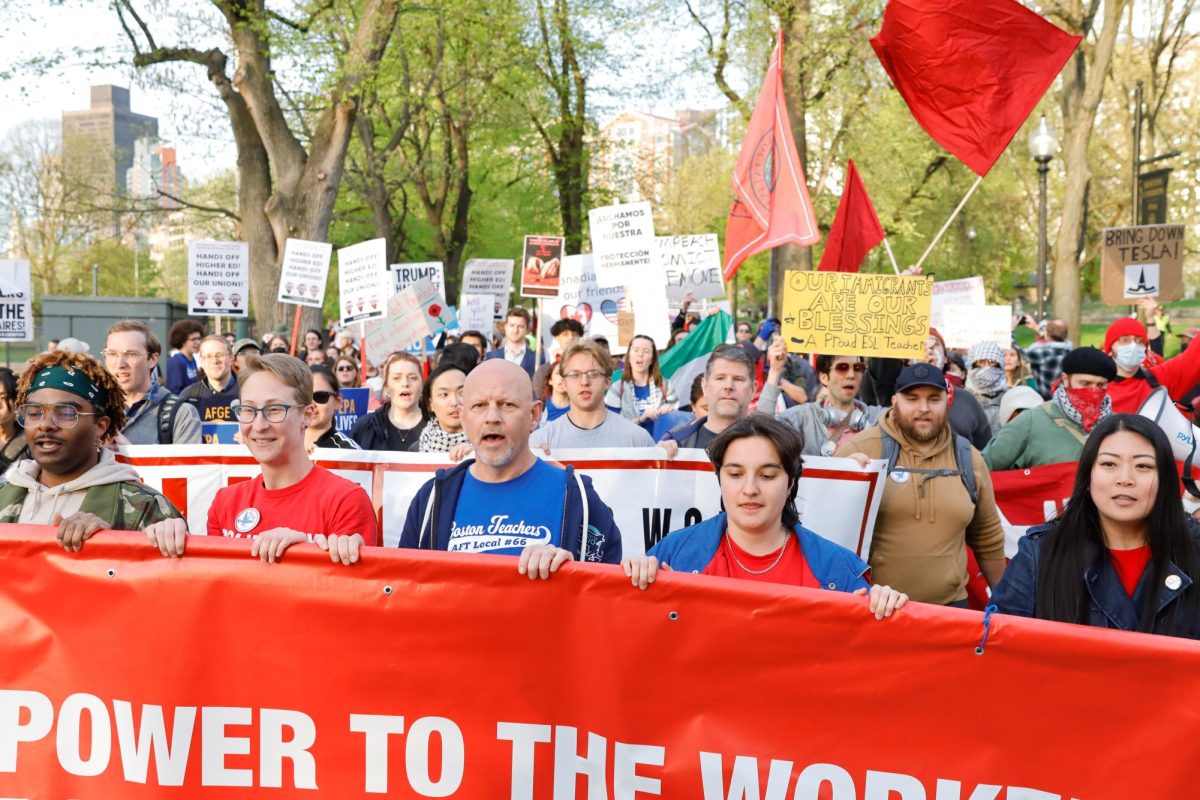
The day is not officially recognized as a holiday in the U.S., which instead celebrates workers on Labor Day. It originated during the unionizing and labor reform advocacy movements of the late 19th-century United States before spreading to over 100 countries worldwide. Every year, different events bring together a large solidarity of anti-capitalist and pro-rights causes, ranging from fair wages, universal health care and most recently Palestinian liberation.
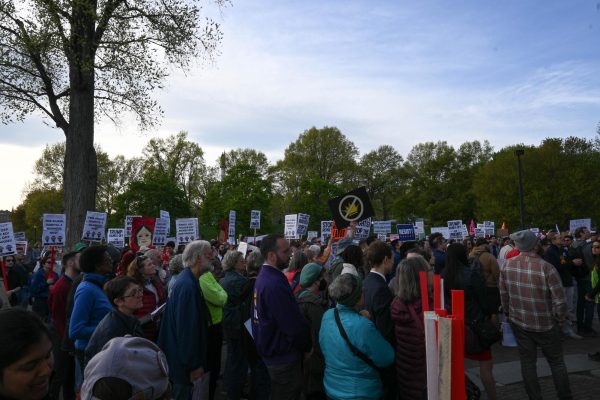
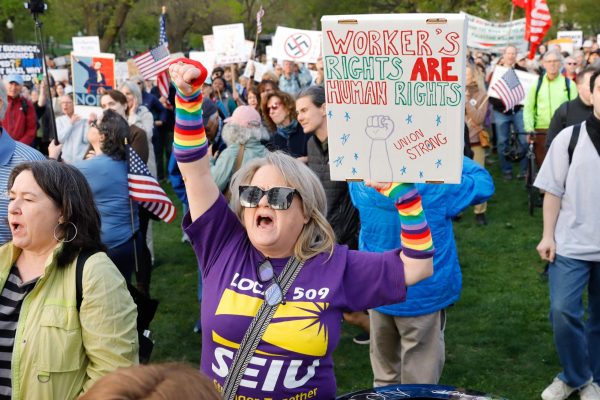
This year’s May Day protests emphasized resistance against the Trump administration as its central theme. Protesters in Boston and cities across the U.S. mobilized in the hundreds of thousands this year for a national day of action in protest against President Donald Trump, Elon Musk, and the policies of the Trump administration that have targeted immigrants, fired thousands of federal workers, and sowed economic uncertainty through tariffs.
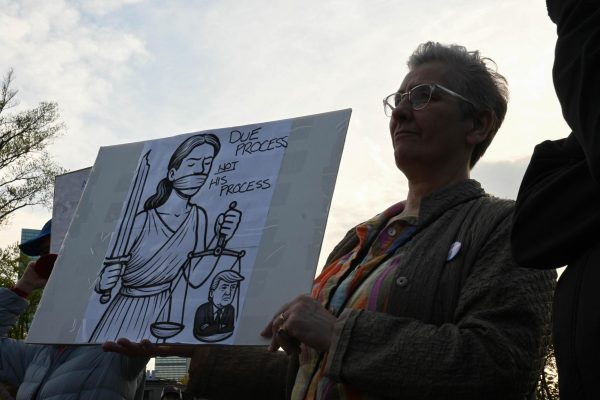
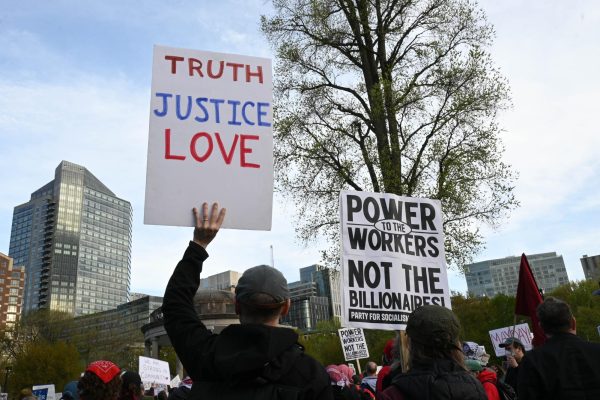
In an event notice, organizers for the Boston march also highlighted opposition to the defunding of the Department of Education, privatization of public services, and attacks on federal unions by the Trump administration as some of the causes behind this year’s march, which they called a stand against “a war on working people.”
Crowds gathered around the Parkman Bandstand in Boston Common around 5:30 p.m., holding a mix of American, Palestinian, and pride flags. Also present were signs decrying Trump and fascism and advocating the release of various immigrants deported or detained by U.S. Immigration and Customs Enforcement since January. Organizers then took to the stage and delivered speeches highlighting the importance and intersectionality of their various causes.

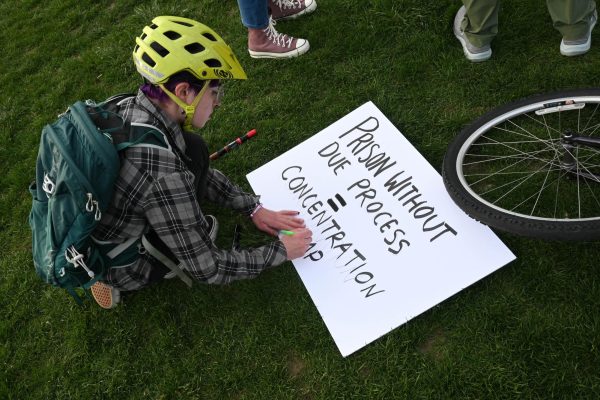
“We are reclaiming our power from corporate elites, and we will not be intimidated by Trump, Musk, or their billionaire backers. They’ve ruled for too long. Their time is up,” organizers wrote in a signup post for the event.
The march began around the Common and the Boston Public Garden at roughly 7 p.m., looping the area for an hour while protesters chanted. They were accompanied by a dozen Boston police officers who helped disperse traffic.
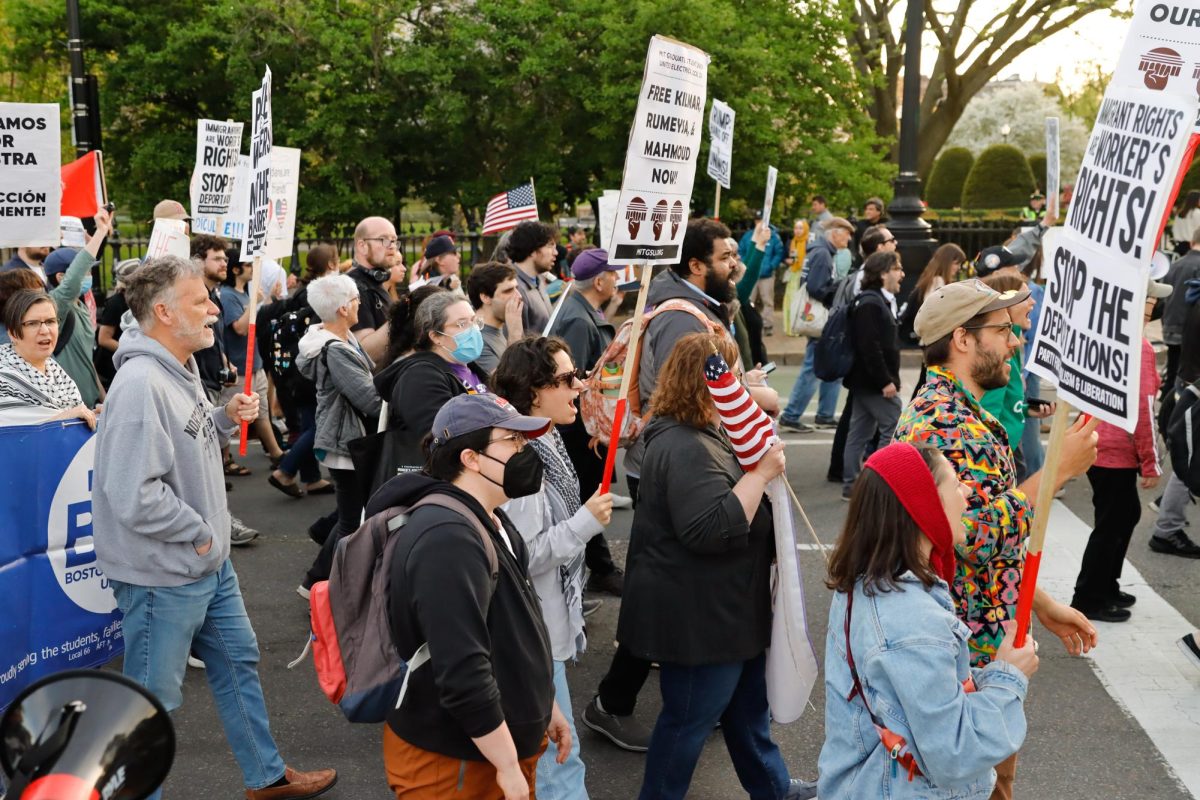
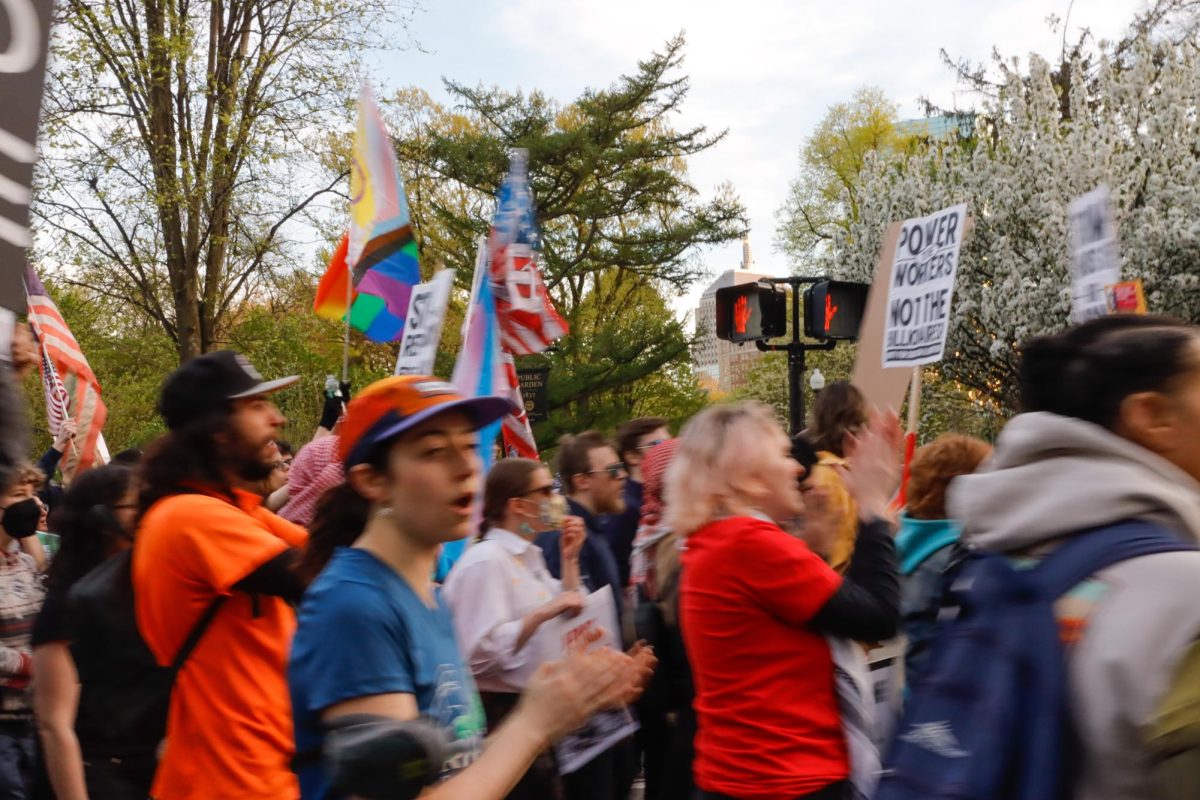
The demonstration on May Day took place just after the conclusion of the first 100 days of Trump’s second presidential term, which has seen attempts at drastically reshaping federal funding, immigration policy, and higher education. It also came just weeks after protesters in April mobilized some of the largest anti-Trump protests nationwide since he retook office, in various events that demanded the administration take their “Hands Off!” causes like healthcare funding and diversity programs.
The Boston May Day march was a collaboration of more than 40 organizations, including regional and national unions representing teachers, federal workers, and service employees, immigrant rights organizations, and other social justice groups.
“What is happening to federal workers and to union workers across this country is a theft against the American people, and someone ought to stop it,” said Kate Royce, a Boston resident and federal employee in an interview with The Beacon. Royce attended the rally and march with the Federal Unionist Network, an informal association of federal workers supporting unionization efforts.
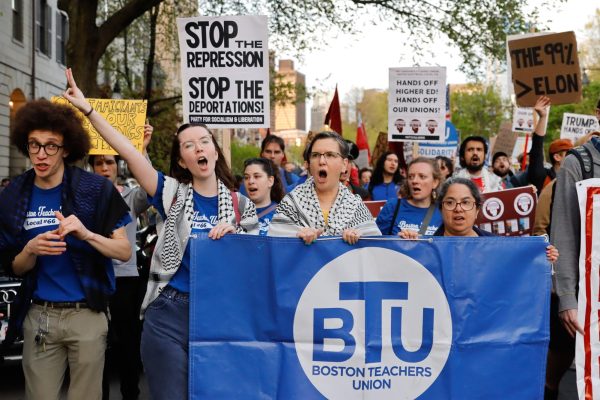
Raquel Jacobson-Peregrino, a science teacher at the Boston Latin School, came to Thursday’s protest along with other members of the Boston Teachers Union. Together they held a banner with their organization’s logo as protesters began to march. Some of the teachers also wore keffiyehs to represent solidarity with Palestine and held signs advocating an end to deportations.
Their union, along with statewide teachers unions also represented at May Day’s protest have expressed anger at actions of the Trump administration that have frozen or terminated education funding in Massachusetts as well as nationally.
“I’m really proud to be here in supporting teachers and other workers, but mostly I’m here for my students and their families,” Jacobson-Peregrino said.
The protesters returned to the bandstand for some final chants before dispersing just after 8 p.m.
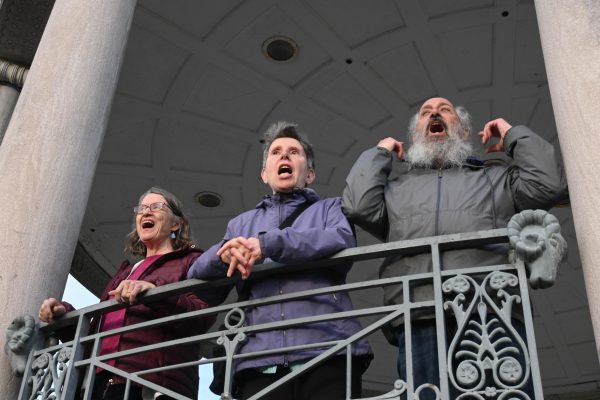
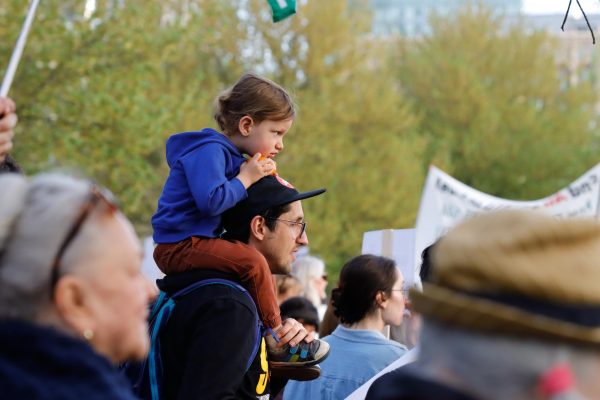
“This May Day we draw inspiration up from the struggles of the past to fight for a future that belongs to us,” one speaker said, drawing cheers from the crowd.